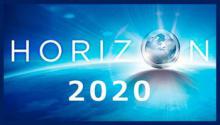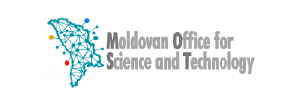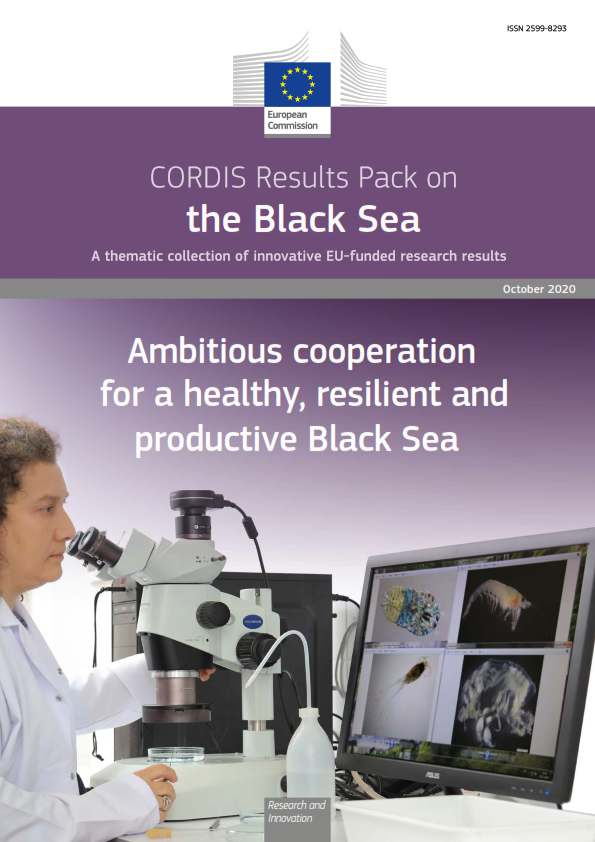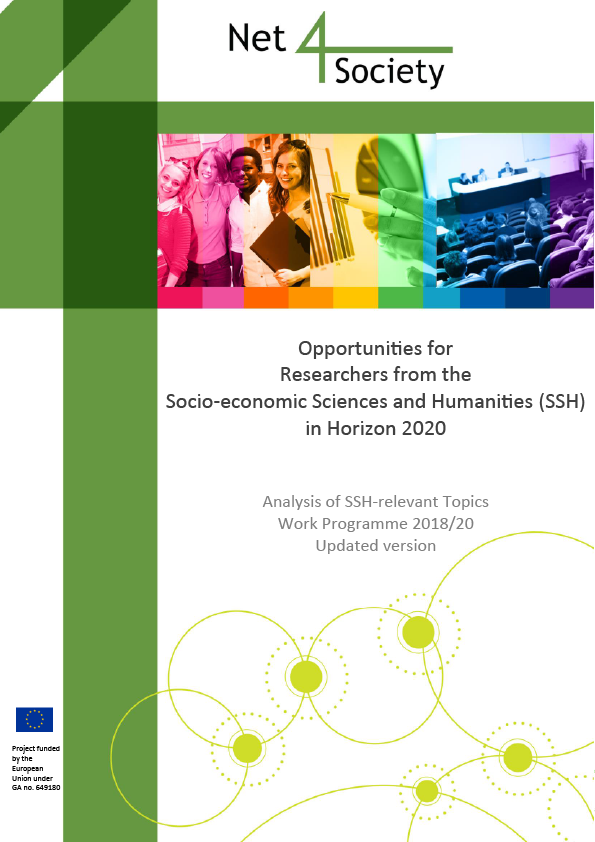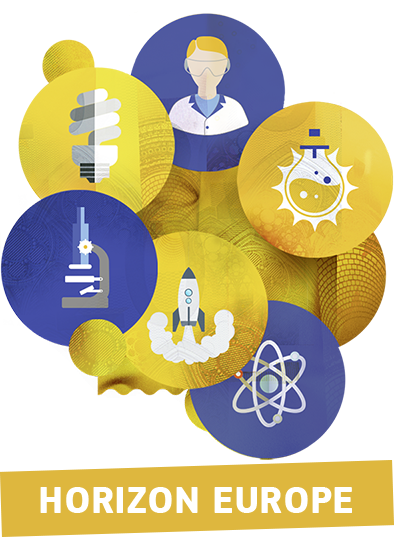In today's data intense economy and society, the use of very powerful computers has become key to solve an enormous range of everyday challenges.
Supercomputing, also called High Performance Computing (HPC), allows critical sectors to solve life-saving challenges, like predicting extreme weather conditions or reducing from months to hours the time for analyse genetic diseases and point to a diagnostic. A special event this week in Rome brings together for the first time the main players in the European supercomputing ecosystem; this is a first step towards setting up synergies and starting building together a new vision for HPC in Europe. The event also includes a presentation of a series of investments which the EU is making via the H2020 programme to achieve world-class, extreme scale computing capabilities, alongside 8 new Centres of Excellence on supercomputing applications and codes.
Supercomputing is one of the contributors to the Digital Single Market strategy aiming to adapt Europe's economy & society to eth digital age. A study published today shows that Europe has made big progress in the past 5 years in using supercomputers and sets out eth scale of investment needed for Europe to match its main competitors and become a world leader in supercomputing.
€140 million investment in HPC
In Horizon 2020, the Commission will invest €700 million through the Public-Private Partnership on HPC. The newly launched projects and centres of excellence will receive €140 million in Commission funding to address challenges such as increasing the energy efficiency of HPC systems or making it easier to program and run applications on these complex machines. Simulations and numerical experiments performed on HPC systems will give us a better insight into how gases and liquids flow (for instance the blood flow in our body, but also the air flow around cars, ships and airplanes, the patterns in cloud formations or the plankton transport in oceans). We will also deepen our understanding of climate change, the human brain, new materials, earthquake dynamics and seismic wave propagation, or study extreme events such as collision of stars in deep space. More details about the projects and 8 Centres of Excellence .
About HPC
HPC has helped European automakers reduce the time it takes to develop new vehicle platforms (from 60 to 24 months), while ensuring environmental friendliness and increasing passenger comfort and safety; it has helped climate scientists predict the size and path of St. Jude's Day storm (in October 2013) four days before it formed, thus helping to take preventive measures and reducing damage. From 2012 until 2020, the digital universe (a measure of all the digital data created, replicated, and consumed in a single year) will about double every two years, jumping from 130 exabytes (1018 bytes) in 2005 to 40 zettabytes (1021 bytes) by 2020 (more than 5,200 gigabytes for every man, woman, and child in 2020). HPC is needed to analyse and extract meaning and added value of this wealth of data
HPC over 5 years
A study also published today shows that Europe has made big progress in the past 5 years in using supercomputers to advance science and economic growth; with an additional investment of €3.3 billion over the 5 years to 2020, Europe could match its main competitors and become a world leader in supercomputing.
According to the study:
- Europe is narrowing the gap with supercomputers in the U.S., China and Japan. In November 2010, only 9 of the world's 50 most powerful supercomputers were located in Europe; that figure has since more than doubled to 19. However, only one EU-based machine in Forschungszentrum Juelich (FZJ) in Germany features in the top 10.
- European HPC investment is producing excellent returns-on-investment for science and industry. According to this study, based on 143 European HPC projects that generated financial returns, each euro invested on HPC on average returned €867 in income and €69 in profits.
- Europe-wide funding for HPC fell heavily in 2013-2014. Significant investment will be needed to keep Europe in the top league of supercomputing capabilities and acquire the next-generation of pre-exascale (between 2019-2020) and exascale supercomputers (around 2022) – 300 times more powerful than current systems.
- Current estimates of public and private investments for Europe to achieve world leadership in HPC by 2020 are some additional €3.263 billion in 5 years (2016 to 2020) or €5.271 billion in 7 years (2016 to 2022) – roughly an additional €500 million to €750 million per year.
The results of the study will be used to report to the Council and the Parliament by the end of 2015 on progress made in the implementation of the HPC strategy Action Plan outlined in the HPC Communication of 2012.
Background
The study was carried out by IDC for the European Commission from October 2014 to June 2015. The study analyses the European HPC ecosystem, including market and investment data. It also provides recommendations on the Action Plan for the HPC strategy, addressing of additional investment needed for HPC leadership, improving the strategy's communication, developing the HPC ecosystem and governance, further support for industry adoption of HPC –in particular SMEs, and improving skills and talent in HPC. The study is accompanied with HPC market data.
This past few years' progress is largely the result of the Action Plan to reverse a negative trend observed at the time of the HPC Communication, and of the successful coordination between the European Commission, PRACE (Partnership for Advanced Computing in Europe – a pan-European supercomputing infrastructure) and the ETP4HPC (European Technology Platform for HPC) Association, the private side of the contractual Public-Private Partnership on HPC, established with the Commission in 2014.
Conclusions
- The fastest supercomputers are currently running in the order of a few dozen petaflops - a petaflop corresponds to 1015 (one thousand million million) operations per second (flop). The next frontier is exascale computing, 300 times faster than current machines (1018 or 1 million million million flops).
- The cost of an exascale performance supercomputer in 2022 will be around €350 million, involving a similar amount for its operation and maintenance during its operational life (4-5 years).
- The aggregate peak performance of supercomputers in Europe rose more than ten-fold in the last 5 years (for European systems in the world top 50, it raised from 3.7 petaflops in 2010 to 44.1 in 2015). However, the EU is losing its position in the top supercomputing league. The EU today has only one supercomputer in the top 10 and three in the top 20, dropping from 4 and 7 systems respectively in 2012.
- Most European HPC stakeholders think that Europe's HPC capabilities got stronger in the past 2-3 years.
- 97% of the industrial companies using HPC consider it indispensable for their ability to innovate, compete, and survive.
- Industrial sectors that leverage HPC could add up to 2-3% to Europe’s GDP in 2020 by improving their products and services.
Useful Links
- High-performance Computing in the Digital Agenda
- The PRACE Scientific Case for HPC in Europe 2012 – 2020
- ETP4HPC (European Technology Platform for HPC) Association
- contractual Public-Private Partnership (cPPP) on HP


